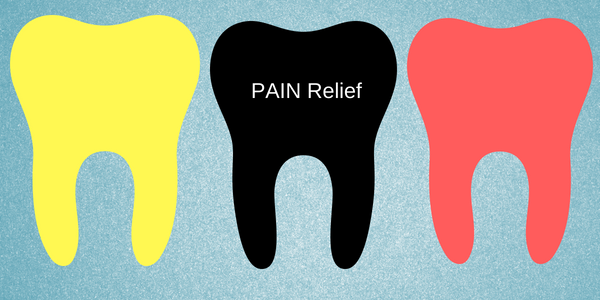Conventional wisdom states the twin forces of human behavior are pain and pleasure. Most of us seek pleasure and avoid pain. There are of course your outliers who might avoid pleasure and run towards pain. However, in this case, it can easily be said that for these people pain is their pleasure so the statement can still hold true. Just don’t assume what another person’s pleasure might be.
Now, when you’re looking to sell your product or service in the marketplace you should remember that there are varying degrees of both pain and pleasure. You could simply be in the right place at the right time and your customer comes calling because she’s on a trip… just got a flat tire and you’re the only tire repair center available in the vicinity. I wrote about a similar “Going Flat” experience last summer on my road trip across the USA.
So when it comes to getting business you should make a note to access not only what kind of pain/unresolved issue your potential customer is experiencing but also how acute it is. If it’s just a minor irritation then you should take a bit more of a long game approach but also make sure you make references on how much more expensive or inconvenient things can get if they wait too long. My dentist just recently used this tactic probably without knowing when he told me what the consequences of my tooth would be if I waited too long to book my procedure.
Toothaches are a great example because none of us really likes going to the dentist, but when our tooth starts aching and continues to increase in its intensity than before long we’ll be sitting in that chair begging to pay our dentist (or any dentist for that matter) almost any amount of money to stop the pain.
Most businesses don’t have the perfect remedy of a shot of Novocain and an expensive drill to apply to a begging customer. So we have to resort to leading our potential customer towards an upgrade to a brighter future. Or perhaps we create a scenario of exclusivity or possibly differentiate our products by demonstrating better value for money than our competitors.
However, we should always try to add a little reminder of the consequences that a customer might face if they don’t ACT NOW on our offer, for the same reason that “all offers” have a deadline or an “until supplies last” tagline.
Here is an acronym I like to use to remind myself to use the Pain Principle when I’m engaged with a potential client.
P = Pick a consequence – remind the customer of at least one consequence that could happen if they wait too long before purchasing your offer.
A = Ask the customer what alternatives they have at the moment that they’re weighing? If you really want to solve this issue then when would be the best time to act? Especially considering that you’re there now to help and the price is what it is now and you have the product or solution available and ready to go.
I = Initiate your end of the deal. Let them know what you’re willing and authorized to do in addition to your offer and above the call of duty of your competitors
N = Negotiate a win for your customer. Be on their side all the way in order to resolve their issue and relieve their pain from this moment and into the future.
There’s your tool to be the best solution for your customer and your company.
 Dominic Kotarski is the author of international best-seller “The Making”. He writes, speaks, inspires, motivates and teaches the most important aspects of your business including Sales, Coaching, Team-Building, People Management and Business Development. Get weekly access to his blog & training videos FREE by subscribing HERE! and when you sign up you will get Instant Access to his Sales Skills Training Video.
Dominic Kotarski is the author of international best-seller “The Making”. He writes, speaks, inspires, motivates and teaches the most important aspects of your business including Sales, Coaching, Team-Building, People Management and Business Development. Get weekly access to his blog & training videos FREE by subscribing HERE! and when you sign up you will get Instant Access to his Sales Skills Training Video.

